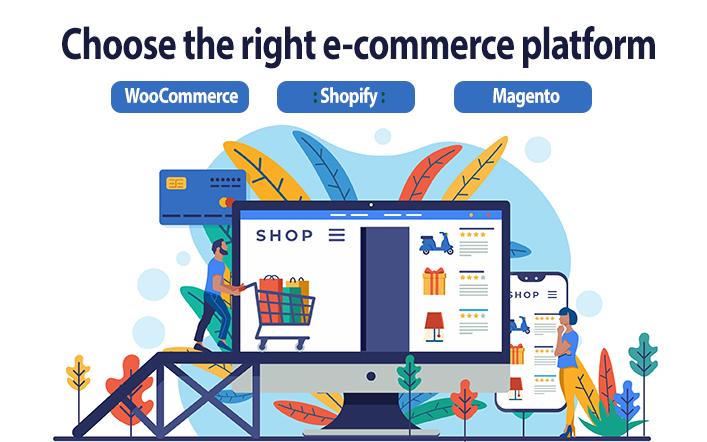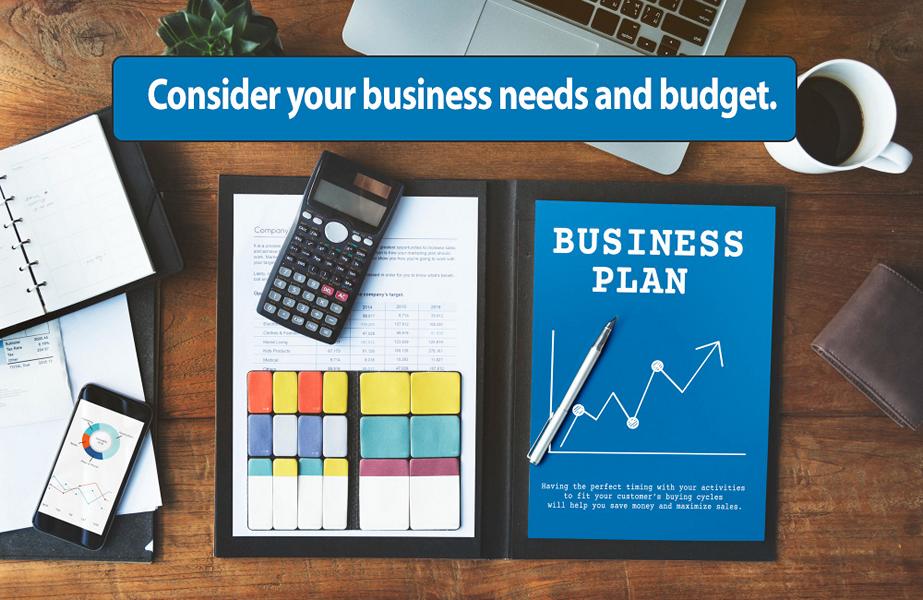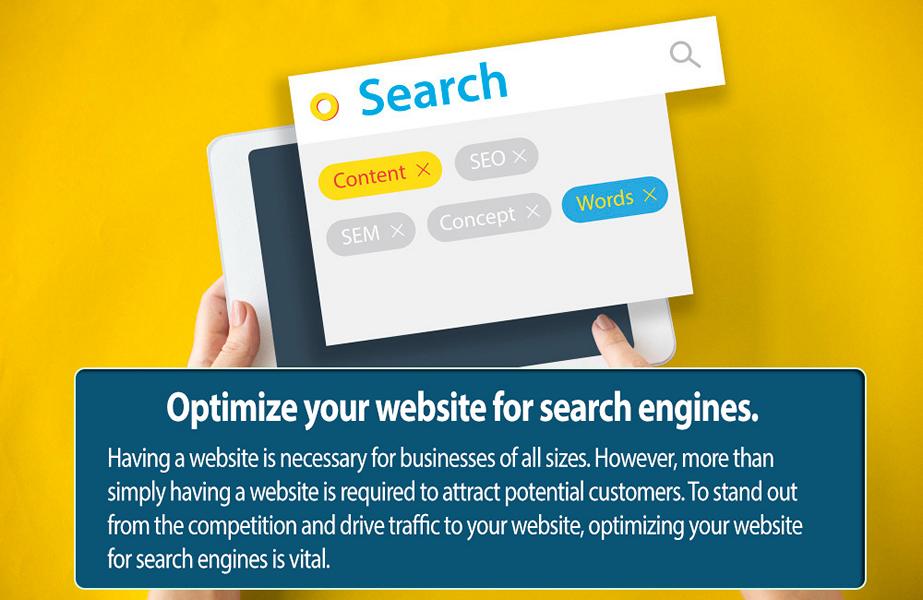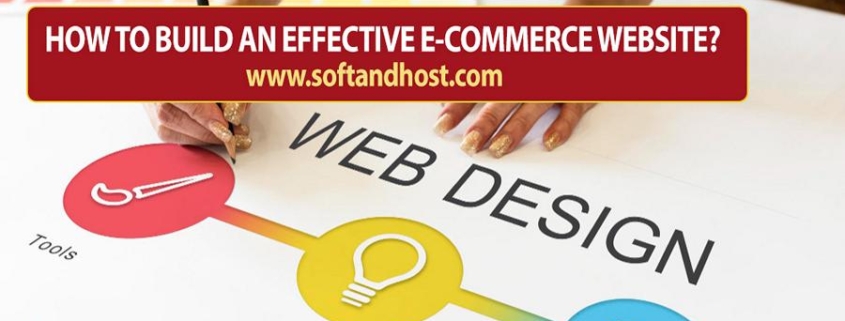How to Build an Effective E-commerce Website?
Are you looking to build an effective e-commerce website? With the rise of online shopping, a website is easy to navigate, visually appealing, and optimized for search engines. This article will guide you through building an effective e-commerce website.
Building an effective e-commerce website requires more than just choosing a domain name and adding a shopping cart. By following these steps, you can create an online store that is both visually appealing and easy to use, which will help you attract and retain customers.
Choose the right e-commerce platform
Choosing the right e-commerce platform is crucial to the success of your online store. Here are some steps to help you select the proper forum:
Consider your business needs and budget: Determine what features you need and how much you can afford.
Research the available platforms: Look at each platform’s features, pricing, and customer support.

Choose the right e-commerce platform
Choose a platform that offers the
Features you need: Consider what payment gateways, shipping options, and integrations you need to run your online store.
Check reviews and ratings before deciding: Read reviews from other users to understand the platform’s strengths and weaknesses.
Consider the platform’s scalability: Make sure the platform can grow with your business and handle increased traffic and sales.
Following these steps, you can choose the e-commerce platform that best fits your business needs and budget and helps you achieve your online sales goals.
Consider your business needs and budget.
When building an e-commerce website, it’s essential to consider your business needs and budget.
Here are some important facts written to keep in mind:
Business needs: Consider the nature of your business, the products or services you sell, and your target audience. You may need specific features such as inventory management, shipping integration, and payment gateways.
Budget: Determine how much you can spend on your e-commerce website. Remember the platform’s cost, web hosting, design and development, and ongoing maintenance and updates.
Scalability: Consider how your business may grow in the future and whether the platform you choose can handle increased traffic and sales.
Ease of use: Choose a user-friendly and easy-to-manage platform, even if you need more technical expertise.
Customization: Look for a platform that allows you to customize your website’s design and functionality to match your branding and unique business needs.
By considering your business needs and budget, you can choose the right e-commerce platform that meets your requirements and helps you achieve your sales goals.

Consider your business needs and budget.
Research the different platforms available.
When starting an e-commerce website, choosing the right platform is critical to the success of your online business. Several outlets are available for e-commerce websites, each with features and benefits. In this article, we will research and review different ecommerce platforms to help you make an informed decision that best suits your needs.
Shopify
Shopify is a popular e-commerce platform that powers over a million online businesses. It is a cloud-based platform with an easy-to-use interface, making it an ideal choice for beginners. Shopify offers a wide range of templates and themes that can be customized to create a unique online store. It also provides many features like inventory management, order tracking, and payment processing.
WooCommerce
WooCommerce is a plugin for WordPress that transforms a regular website into an e-commerce store. It is free and open-source, making it a cost-effective option for small businesses. It also provides comprehensive features, such as inventory management, tax calculation, and product variations.
Magento
Magento is a powerful ecommerce platform used by many large online retailers. It is highly customizable and offers many features, such as advanced search capabilities, layered navigation, and product comparisons. However, Magento is also known for being complex and challenging to use, making it a better fit for experienced users or businesses with larger budgets.
BigCommerce
BigCommerce is an ecommerce CMS that offers a wide range of features, such as multi-channel selling, abandoned cart recovery, and product reviews. It also offers an easy-to-use interface, making it a good choice for beginners. BigCommerce is scalable, allowing businesses to grow online stores without switching to a new platform.
Design your website for maximum usability.
Designing a website for maximum usability is critical to the success of an ecommerce business. A user-friendly website ensures visitors can easily navigate and find the information or products they seek, resulting in a better user experience and increased sales. Here are some tips for designing a website for maximum usability:
Please keep it simple: A cluttered website can be overwhelming and confusing for visitors. Keep the design simple and clean, with easy-to-read fonts and clear headings.
Use straightforward navigation: Navigation is critical to helping visitors find what they want. Use clear and intuitive navigation menus with descriptive labels that accurately reflect the content on the page.
Optimize for mobile: More and more people are using mobile devices to browse the web. Ensure your website is responsive and optimized for all devices.
Use high-quality images: High-quality images can make a big difference in the user experience. Use clear, high-resolution photos that showcase your products in the best possible way.
Make it easy to find products: Use clear categories and subcategories to help visitors find products quickly and easily. Use filters and search functionality to allow visitors to narrow down their search results.
Use clear calls to action: Use clear and prominent calls to action (CTAs) throughout the website, such as “Buy Now” or “Add to Cart.” This makes it easy for visitors to take the desired action and complete a purchase.
Optimize page load times: Slow page load times can frustrate visitors and negatively impact the user experience. Optimize your website’s page load times by compressing images, minimizing code, and using a content delivery network (CDN).

Design your website for maximum usability.
To create a clean and straightforward layout:
- Start by organizing your content into clear and concise sections.
- Use plenty of white space to give your website a clean and open feel.
- Make sure your font is easy to read and choose an easy color on the eyes.
- Avoid using too many fonts or font sizes, which can be distracting.
The color scheme of your website is another critical aspect of the design. Your color scheme should complement your products and create an attractive look and feel for your website. When choosing colors, consider the emotions that they evoke. For example, blue is often associated with trust and reliability, while red is associated with excitement and passion.
Optimize your website for search engines.
Having a website is necessary for businesses of all sizes. However, more than simply having a website is required to attract potential customers. To stand out from the competition and drive traffic to your website, optimizing your website for search engines is vital.
- Do a Keyword search: before the start of the website. Keyword research helps to compete with others. Once you have placed your target keywords, you can manage your content accordingly.
- Use Descriptive URLs: Another vital aspect of on-page optimization is using descriptive URLs. Descriptive URLs make it easier for search engines and users to understand what your page is about. Ensure your URLs include your target keywords and are easy to read and understand.
- Optimize Your Images: Images can be an essential part of your website’s content, but they can also slow down your website’s load time if they are not optimized. Make sure to reduce the size of your images and use descriptive alt text to help search engines understand your ideas.
- Build High-Quality Backlinks: Backlinks are linked from other websites that point to your website. Building high-quality backlinks is an essential aspect of off-page optimization. High-quality backlinks from reputable websites can help to boost your website’s authority and improve your search engine rankings.
- Make Your Website Mobile-Friendly: More and more people use their smartphones and tablets to browse the internet. As a result, it is essential to ensure your website is mobile-friendly. A mobile-friendly website is optimized for viewing on smaller screens, with larger buttons and text that is easy to read.
Research keywords related to your products
To research keywords related to your products, you can use various tools such as Google Keyword Planner, SEMrush, or Ahrefs. These tools allow you to see how often particular keywords are searched for, how competitive they are, and how much traffic they can drive to your website.
When researching keywords, it’s essential to choose ones that are relevant to your business and products. It will help if you choose keywords with a high search volume but not too competitive.
Use those keywords in your website’s content and meta tags.
Once you have identified relevant keywords, it’s time to incorporate them into your website’s content and meta tags. Your website’s content should be written with your target audience in mind and use keywords naturally and organically.
In addition to using keywords in your website’s content, you should include them in your website’s meta tags. Meta tags are HTML tags that provide information about your website to search engines. The two most important meta tags for SEO are the title tag and the meta description tag.
Create high-quality content that provides value to your customers.
In addition to using keywords in your website’s content and meta tags, you should also focus on creating high-quality content that provides value to your customers. This can include blog posts, product descriptions, videos, and other types of content.
Importance of High-Quality Product Photos and Descriptions
Before we discuss the tips and tricks, let’s first discuss why high-quality product photos and descriptions are so important. When potential customers visit your website, they rely on product photos and illustrations to make an informed purchasing decision. If your product photos are clear, well-lit, and accurately represent your products, the customer may hesitate to purchase.
Tips for Creating High-Quality Product Photos
Invest in a high-quality camera: While most smartphones today have great cameras, a DSLR camera can significantly affect the quality of your product photos. A DSLR camera allows you to control the aperture, shutter speed, and ISO, giving you more control over the lighting and focus of your photos.
Use a tripod: A tripod can help stabilize your camera and prevent shaky or blurry photos. This is especially important when taking close-up shots or photos with a shallow depth of field.
Choose the right background: The background of your product photos can significantly affect the overall look and feel of the image.
Use natural lighting: Natural lighting can create a more natural and appealing photo look. Try to take your photos near a window or in a well-lit area.
Edit your photos: Editing your photos can help enhance the colors and details of your images. Consider using editing software such as Adobe Photoshop or Lightroom to adjust your photo’s exposure, contrast, and saturation.
Tips for Writing High-Quality Product Descriptions
- Use descriptive language– When writing your product descriptions, use descriptive language that accurately conveys the features and benefits of your products. Avoid using generic terms or phrases that do not provide any value to the customer.
- Include product specifications– Providing detailed product specifications can help customers make an informed decision about whether or not a product will meet their needs.
- Use bullet points– These can help break up long paragraphs of text and make your product descriptions easier to read and understand.
- Include customer reviews– Customer reviews can help provide social proof and build trust with potential customers. Encourage customers to leave reviews on your website or third-party sites like Yelp or Google Reviews.
- Optimize for search engines– When writing your product descriptions, include relevant keywords that customers may use when searching for products like yours.

Optimize your website for search engines.
Make it easy for customers to navigate your website.
Website navigation refers to how your website is organized and how users can move around. A well-designed navigation system can help customer to find the respective page easily, while a poorly designed one can lead to frustration and a high bounce rate.
These tips can make your website navigation easy for customers.
Keep it simple: Your website navigation should be simple and intuitive. Customers should be able to find what they are looking for with just a few clicks. Avoid using complex dropdown menus or too many subcategories.
Use descriptive labels: Your navigation labels should be clear and descriptive. Avoid jargon or technical terms your customers may need to be more familiar with. Use language that your customers use to describe your products or services.
Create a clear hierarchy: Your website should have a precise order, with broad categories at the top and more specific subcategories below. This can help customers understand the relationship between different pages on your website and make finding what they are looking for easier.
Use breadcrumbs: Breadcrumbs are a navigation tool that can help customers understand where they are on your website and how they got there. They are handy for websites with a lot of content or complex navigation structures.
Use the search: Including a search bar on your website can be a great way to help customers with an easy search. Ensure your search bar is prominently displayed and returns relevant results.
Test and optimize: Once you have designed your website navigation, testing it with real users and optimizing it based on their feedback is essential. You can use tools like heat maps and user testing to identify areas for improvement and make your navigation even more user-friendly.
Things to be considered when making an E-commerce Website
- Choose a reliable e-commerce platform, such as Shopify or Woo Commerce
- Use a clean and simple design that is easy to navigate
- Optimize your website by using relevant keywords and creating high-quality content
- Use high-quality product photos and detailed descriptions to showcase your products
- Make it easy for customers to find what they’re looking for by providing clear navigation menus and search functionality
- Provide excellent customer service by responding promptly to inquiries and providing support when needed
FAQs
-
What platform should I use for my e-commerce website?
Many e-commerce platforms are available, including Shopify, WooCommerce, and Magento. The platform you choose will depend on your specific needs and budget. Shopify is an excellent option for beginners, while WooCommerce is a popular choice for WordPress users. Magento is a more robust platform that is better suited for larger businesses.
-
How can I optimize my e-commerce website for search engines?
Optimizing your e-commerce website for search engines can help you attract more traffic and increase sales. Some ways to do this include using relevant keywords in your product descriptions and page titles, optimizing your images, and ensuring your website is mobile-friendly.
-
How can I make my e-commerce website user-friendly?
Making your e-commerce website user-friendly is crucial for ensuring that customers can easily find what they are looking for and complete their purchases. Some ways to do this include:
- Using clear and concise product descriptions
- Organizing your products into relevant categories
- Providing a simple and secure checkout process
-
How can I improve my website’s loading speed?
A slow website can lead to a high bounce rate and lower sales. Some ways to improve your website’s loading speed include optimizing your images, using a content delivery network (CDN), and minimizing plugins and other third-party tools.
-
How can I ensure that my website is secure?
Ensuring that your e-commerce website is secure is crucial for protecting your customers’ personal and financial information. Some ways to do this include using a secure payment gateway, encrypting your website’s data, and regularly updating your website’s software and plugins.
-
How can I market my e-commerce website?
Marketing your e-commerce website is essential for attracting new customers and increasing sales. Some ways to do this include using social media, email marketing, and paid advertising. You can also offer promotions and discounts to incentivize customers to purchase.




Leave a Reply
Want to join the discussion?Feel free to contribute!